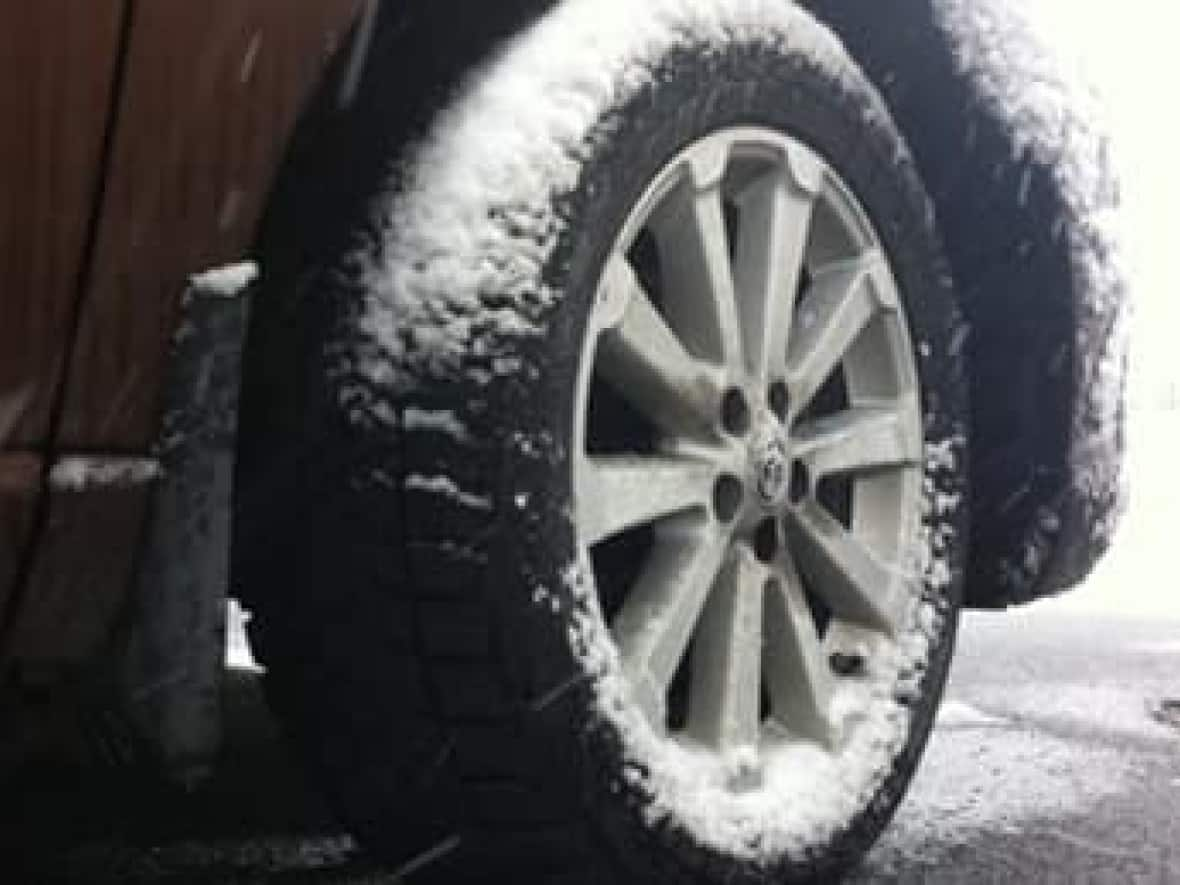Are studded tires fit for the road? A proponent and opponent face off


As temperatures fall in the province and the chance of snowfall increases, drivers face the annual debate — to stud or not to stud their tires?
It's a no from Larry Short.
The financial analyst was involved in a rear-end collision in St. John's in 2018. Short was stopped at a traffic light when a car with studded tires drove into his.
Ever since, Short has been wary of studded tires.
"The perception people have is that studded tires means safer, particularly in winter," said Short.
"It only works … during a period of time when there is ice covering. It doesn't work on wet pavement, dry pavement or slush."
There have been several attempts to ban studded tires in N.L., and the most recent one — by Mount Pearl Mayor Dave Aker in 2019 — was rejected at a conference of Municipalities Newfoundland and Labrador.
But there are supporters, and Jim Brazil, a driving instructor with Safety N.L., is one of them.
He says studded tires themselves aren't the cause of rear-end collisions — it's drivers who don't adjust their speed and distance to other cars when driving with studded tires.
"I have a solution for people getting rear-ended. Stay back further," said Brazil.
"Understand that you are in a car with studded tires. Dry pavement means that you need to be back, you need to be back further than the three seconds that we normally teach our students."

Studded tires, said Brazil, can help during certain weather conditions, like black ice or sleet, which cause roads to freeze.
"In some parts of Newfoundland, especially coastal areas like St. John's, you're going to see a fair bit of that type of weather. So, that's the case for studded tires," said Brazil.
He does understand people who don't want to use them because of disadvantages like the risk of hydroplaning, and acknowledges studded tires also damage pavement, so Brazil believes they should only be used in parts of the province that get a lot of freezing rain and ice.
"People shouldn't have studded tires on if they don't have to go out into extreme environments," said Brazil.
But Short believes there are better alternatives to studded tires, including ice radials.
Ice radials are tires that contain hard micro-bit particles that are infused into the tire tread. They are quieter than studded tires and less damaging to pavement — but also more expensive.
Short believes the investment is worth it.
"The question is, which is more expensive," said Short.
"Another study that was in Washington state years ago … found when people drove studded tires, they had more confidence, so they tended to drive faster, and then that translates into driving closer," said Short, circling back to his concerns about safety.

Brazil agrees that the crux of the issue is people's driving behaviour.
"We get in our vehicles and we travel like it's a mundane activity, and oftentimes driving requires cognitive decision-making and we need to be doing it not only when we're driving, but before we drive," said Brazil.
"What does our equipment allow us to do? How should we be driving when the equipment has changed?"
Read more from CBC Newfoundland and Labrador


